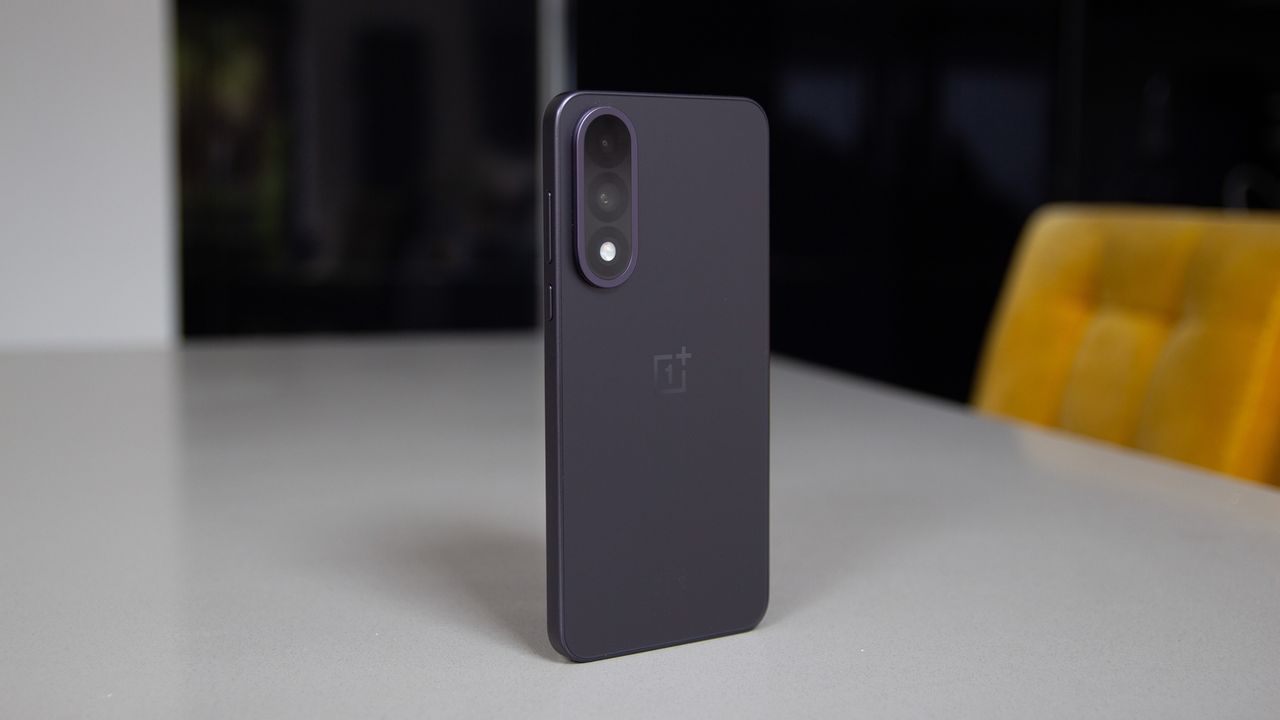
After OnePlus slipped into a full metal body for the OnePlus Nord 4, there's been a swift about-turn for 2025, with the Nord 5 changing direction. It now looks a bit more like a Samsung phone, but there's no sign of that metal unibody.
So what gives? Has OnePlus dropped the ball here, or has it switched to something more conventional to increase the appeal? OnePlus says that the shift in design was based on consumer feedback, with users looking for practicality.
I've been using the OnePlus Nord 5 for the past month to see if this phone has the mettle to cut it in the mid-range and emerge as one of the best cheap phones.
How much does the OnePlus Nord 5 cost?
The OnePlus Nord 5 is available in two configurations, 8/256GB or 12/512GB. The former is £399, while the latter is £499. It's not available in the USA.
However, the phone is currently selling direct from OnePlus with coupons, discounts, and limited free gifts – including an 80W charger and Nord Buds 3 Pro – so it's definitely worth shopping around.
The OnePlus Nord 4 started at £429, so it's a little cheaper now. It competes with the Samsung Galaxy A56 or the Pixel 9a.
OnePlus Nord 5: What's new?

The shift from a metal body to a plastic frame and glass rear panel is just the start of the changes. The alert slider has become the Plus Key, offering programmable functions beyond just silencing the phone – including some AI features.
The display on the Nord 5 is larger and offers higher refresh rates, while there's a jump in power to Snapdragon 8s Gen 3 (up from Snapdragon 7 Plus Gen 3). This is supported by a significant vapour chamber for cooling. The battery is a little smaller on the Nord 5, while the charging drops to 80W compared to 100W on the Nord 4.
The camera has a larger main sensor, while the ultrawide is different too, offering a slightly wider field of view. The front camera on the Nord 5 moves to 50-megapixels, now offering 4K video.
OnePlus Nord 5 review: Design & Display
-
6.83-inch AMOLED display
- Variable refresh up to 144Hz
- 1800 nits peak brightness
- 1272 x 2800 pixel resolution (FHD+)
- Corning Gorilla Glass 7i
- Dimensions: 163.41 x 77.04 x 8.1mm / Weight: 211g / IP65 rated
- Colours: Phantom Grey, Dry Ice, Marble Sands
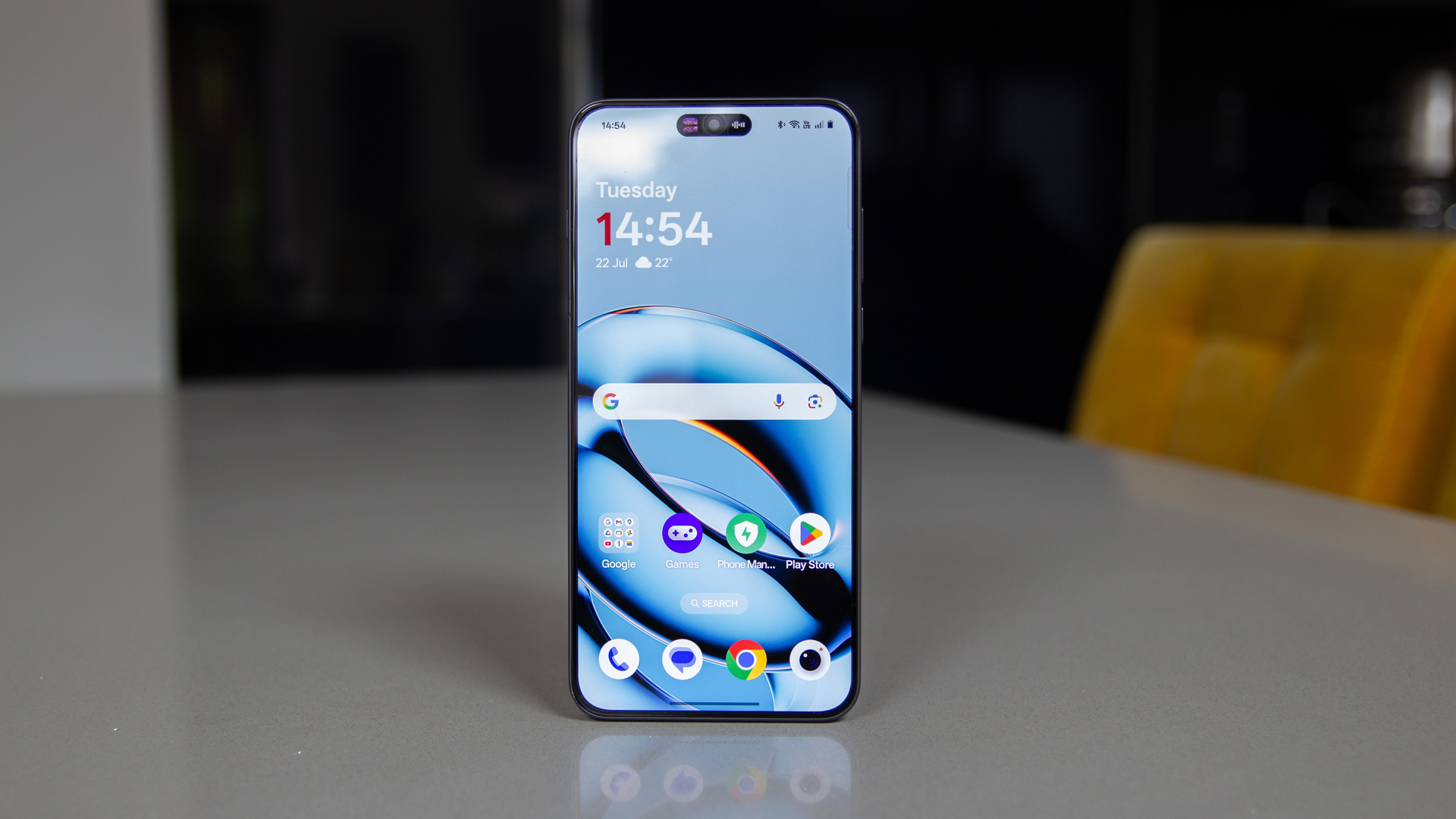
The OnePlus Nord 5 has moved from a slightly more compact metal unibody design that was unique, to a design that's much more conventional. It's now a polycarbonate frame, holding in place the impact-resistant glass. With flattened sides, the design is close to most other 2025 phones.
The changing of the camera layout from horizonal to vertical also makes this phone look a lot like the Samsung phones that it competes with. There's nothing especially wrong with the design and while most commentators will question the move from something distinctive to something more generic (myself included), you're now getting more for your money.
The colour options are attractive, the matte finish on the rear doesn't attract too many fingerprints, while the thickness and weight aren't excessive.
One change is that there's no alert slider here, with the introduction of the Plus Key instead. This can be used to change the ring mode on the phone, but there's a range of options, including launching the camera, turning on the torch, or accessing Mind Space.
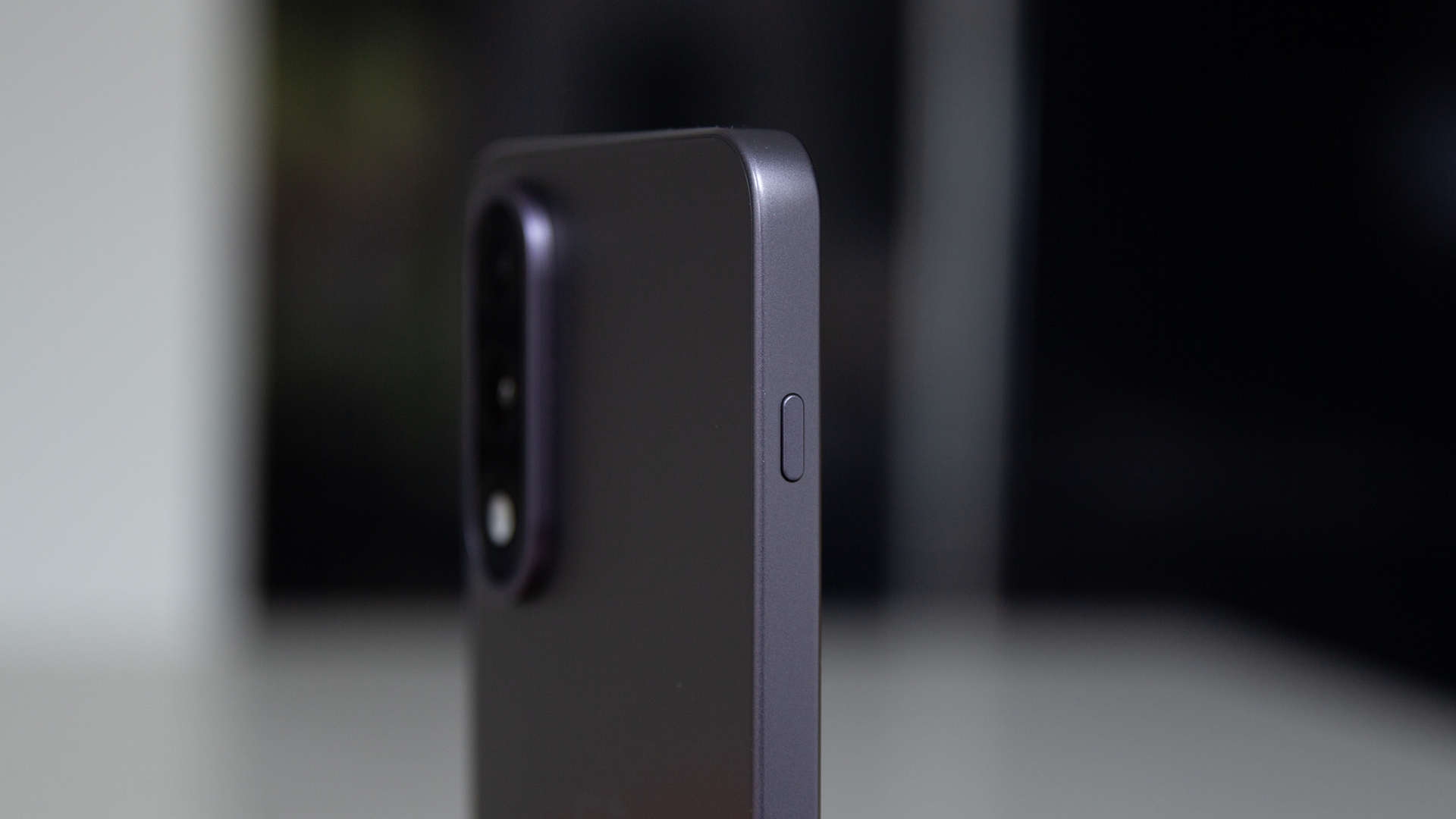
Tap the Plus Key and whatever's on the screen will head into Mind Space as an AI second memory – a little like Nothing's Essential Space – where the content is analysed by AI, summarised and waiting for you next time you need those details. It's fully searchable too, so is pretty useful.
The 6.83-inch display on the Nord 5 is nice and bright in daily use, offering a higher daily brightness than the Nord 4, although the actual peak brightness (which you'd only see in small sections of HDR content) is a little lower. Yes, compared to many devices – the Moto Edge 60, for example – it's not technically as bright.
However, OnePlus acquits itself well: even though the brightness specs might not stack up against others on the spec sheet, at 1800 nits, it supports Google's Ultra HDR to make images pop when browsing in Google Photos.
There's plenty of detail, too, although it's worth diving into the settings as the defaults are a little conservative. Colours have great vibrancy to them, and I found that daylight visibility was great.
The bezel is minimal and the flat finish suits gamers well, as it's easy to use all of the screen space that's available. There's a factory-fitted screen protection on the phone – which I left in place and found it didn't impede use of the display in any way.
OnePlus Nord 5 review: Performance & Battery
-
Snapdragon 8s Gen 3 processor
- 8 core: 1x 3.0GHz, 4x 2.8GHz, 3x 2.0GHz
- Adreno 735 graphics
- 8/12GB RAM options
- 5200mAh battery
- 80W charging
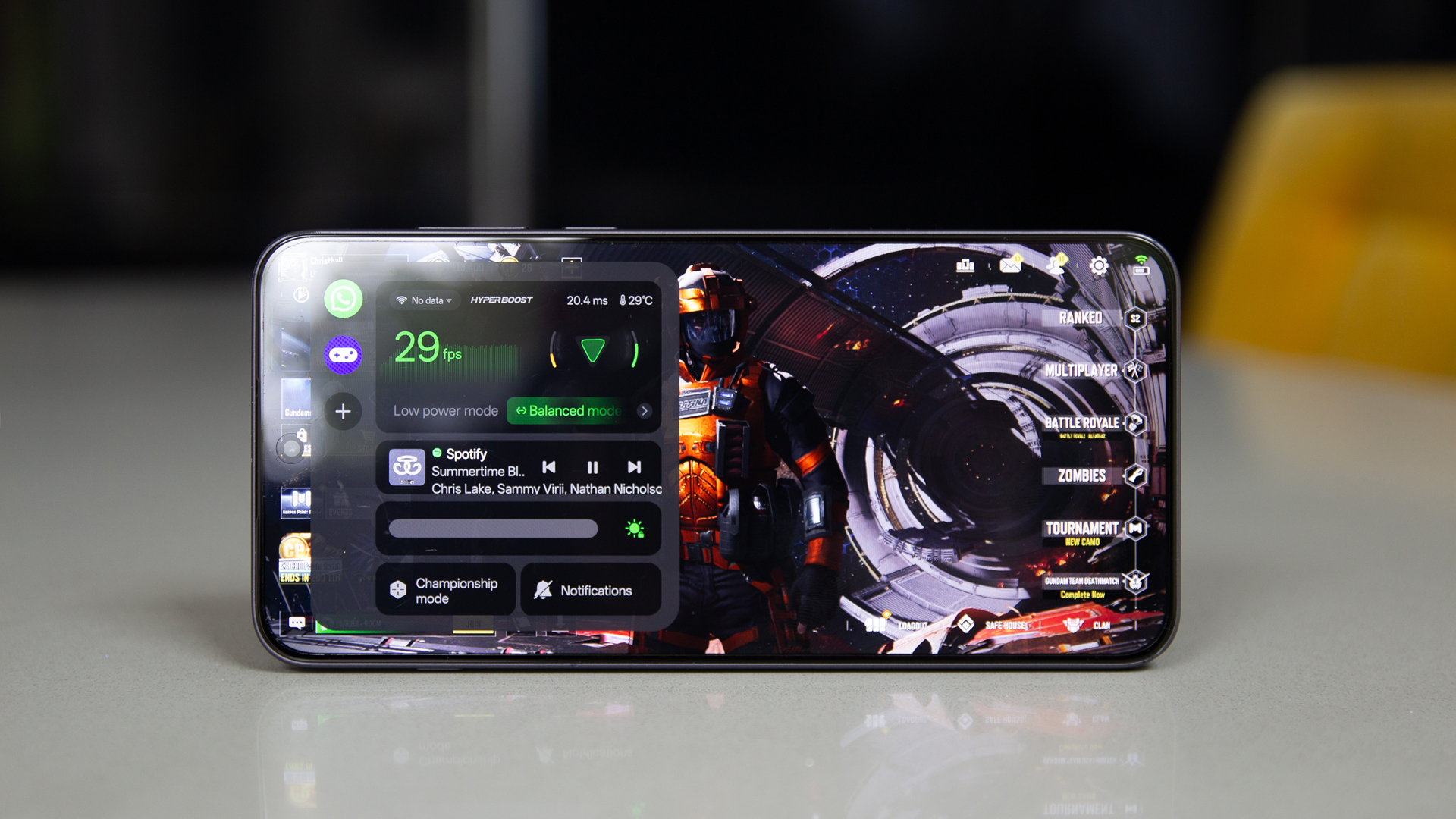
Moving from Snapdragon 7-Series to Snapdragon 8-Series is quite the move for the Nord 5. While Qualcomm's '7' chips are typical of mid-range devices, in recent times we've seen an increasing number of devices using diluted 8-Series hardware instead.
I say 'diluted', because Qualcomm launches its flagship hardware and then spins out a number of variants with slightly reduced capabilities. This particular hardware was announced in 2024, which explains the affordable price of the Nord 5; the latest 8s Gen 4 version powers the Nothing Phone (3), which is almost double the price.
Flip to the real world, however, and you won't notice much of a performance drop from this type of hardware compared to flagship-grade. I spent an ungodly amount of time playing Call of Duty Mobile on the Nord 5 (how better to test that new vapour chamber?) and found that it executed those gaming tasks with ease, despite the slightly lower-grade of graphics hardware.
I had the 12GB model – where there's the option for up to 12GB of virtual RAM too – and I didn't find this phone to get warm while gaming, despite some pretty toasty summer temperatures in London.
There's an additional factor that gamers might be interested in, and that's bypass charging, so you can have the phone plugged in when you're playing games and just power the hardware, rather than ramming that power into the battery at the same time as you're stressing the hardware – again, this means you can play plugged in without the phone heating up.
The 5200mAh battery is a reasonable capacity – larger than some flagship phones – but not huge in this segment of the market, and a little smaller than the Nord 4. While the rapid charging is appreciated, there's no wireless charging.
I found the battery to easily last through the day. Often I only charged every other day. That's to say that the battery performance is generally good, even with a fairly high gaming load on this phone.
The software experience that this phone offers is also clean compared to some rivals, supported by 6 years of software updates and 4 OS versions. That's a little behind the times, though, with Samsung offering 6 years and Google offering 7 years. Even Honor offers 6 years of software support these days.
But OnePlus' devices are free from bloat – there are still a few apps uninstall – so it's a lot cleaner than the likes of Poco. I found Oxygen OS to be trouble-free and a pleasure to use.
OnePlus Nord 5 review: Cameras
-
Dual rear camera:
- 50MP main, f/1.8 aperture, 1/56in sensor, autofocus (AF), optical stabilisation (OIS)
- 8MP wide, f/2.2, AF
- 50MP front, f/2.0, AF
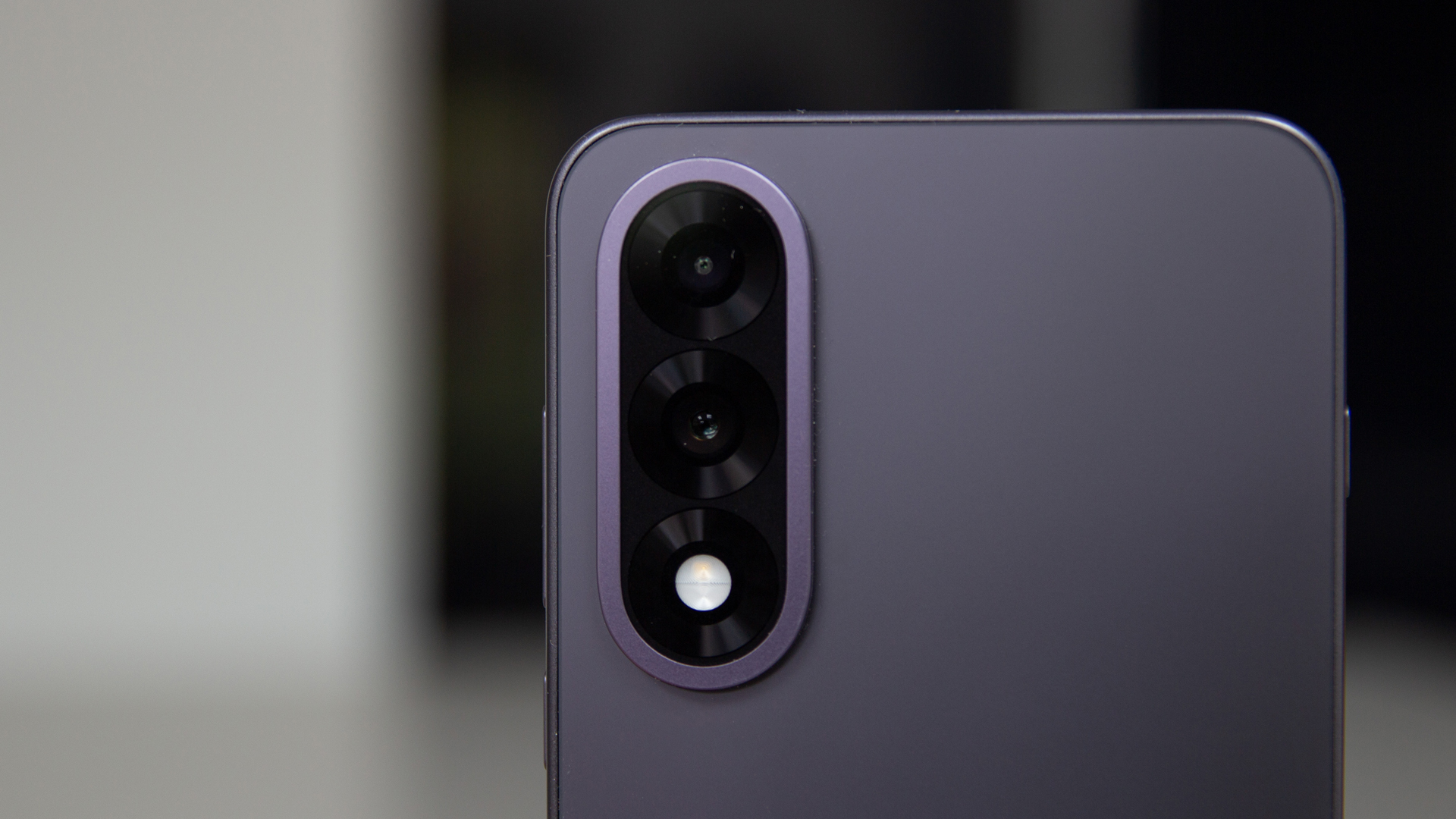
There's been a bit of a reshuffling around the camera on the Nord 5 – and while much looks the same as before, there are new sensors and lenses. This results in a rear camera that's more capable, and a huge shift in the front camera.
That gives the Nord 5 skills that are rare at this price: the front camera offers autofocus, which makes a significant difference in capturing high-quality images that are sharp. Whether that's a group or just you, photos look better from this camera than they do from most rivals. That's also boosted with the addition of 4K 60fps video.


It means that you can capture higher quality video from both the front and rear cameras, without finding that there's a drop off in resolution or that it's a different frame rate.
The main camera is impressive, offering good performance in daylight and in lower light conditions. The main camera is a little softer in low light, and while image noise is generally kept under control, if you're a big low-light fan then I'd pick the Pixel 9a over the Nord 5.
The ultra-wide is rather weak: there's a distinct colour difference between the two lenses, so mixing up photos between the two will give you a different look, with the ultra-wide being much warmer.



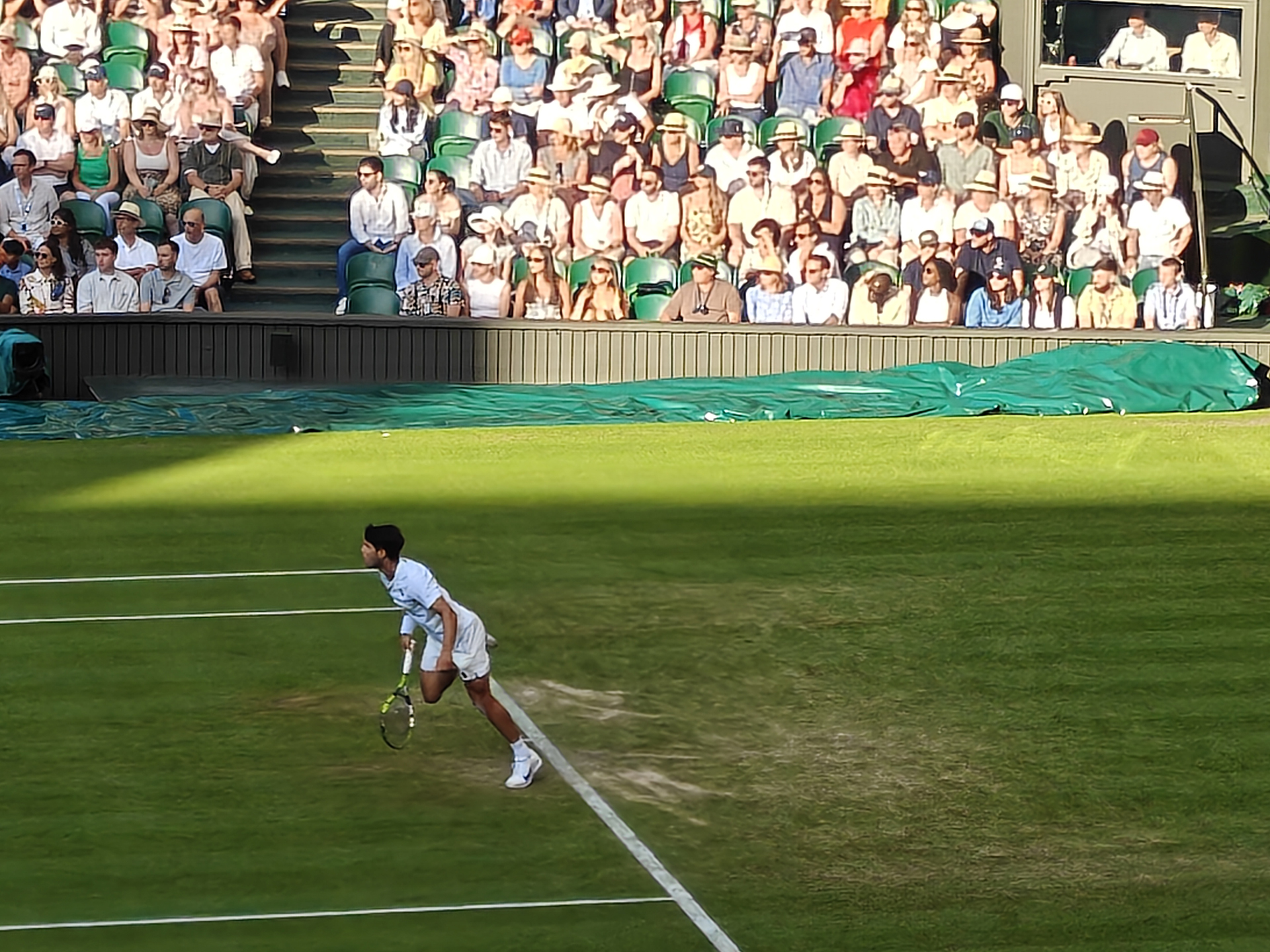




There's a shortcut for 2x zoom on the main camera, with the option to run that out to 20x digital zoom, but the results aren't great and you're better to keep is as close to that 2x as you can, because after that you start losing detail.
That's all par for the course on a phone in this price bracket. The important thing is that the main camera gives good performance, so most of the shots you take and share will look great. The bonus of having a slightly better front camera experience – especially for those now taking a lot of selfies and videos for social media – gives this camera system appeal.
OnePlus Nord 5 review: Verdict
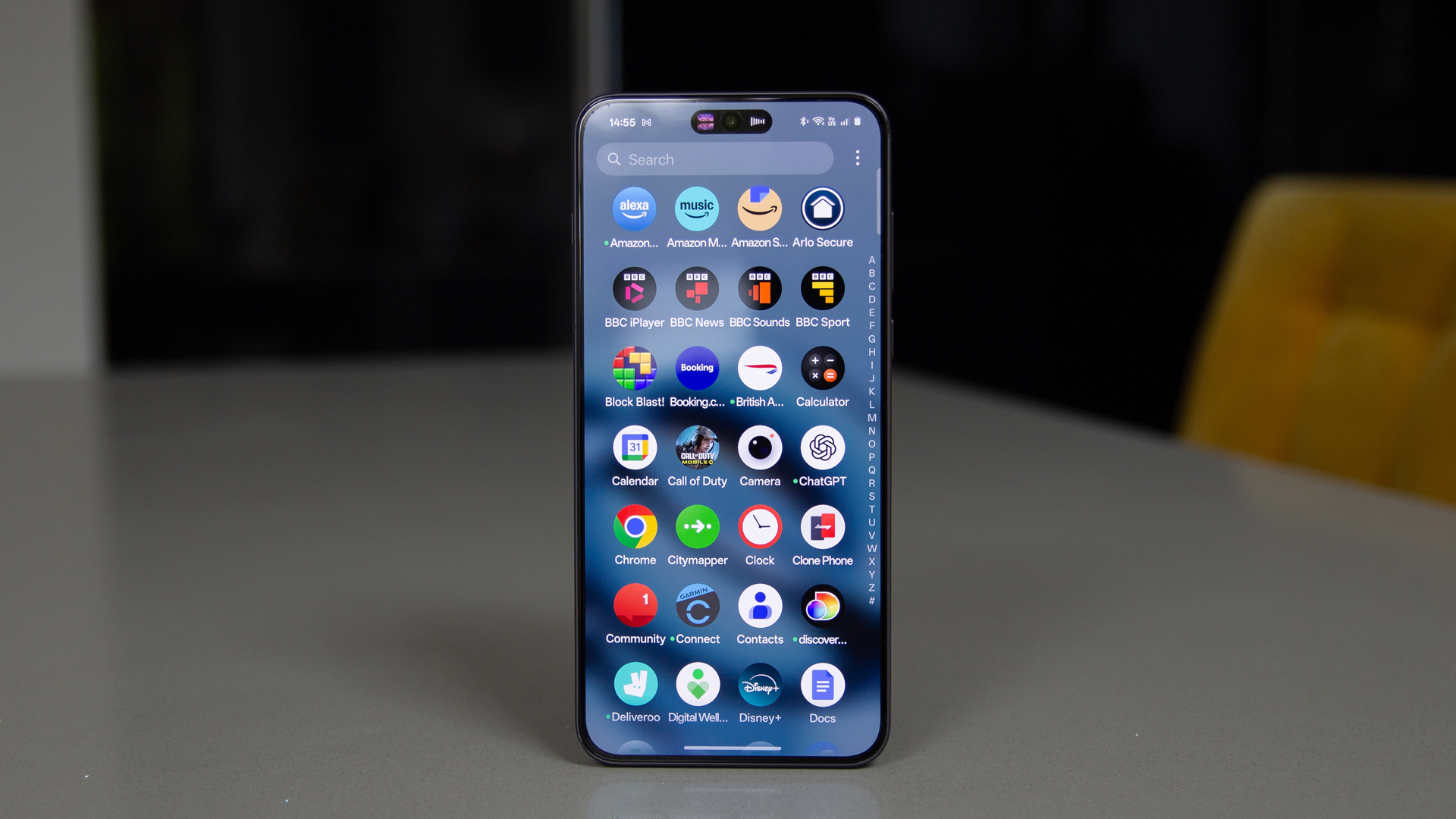
The OnePlus Nord 5 lands in a segment of the market that's hugely competitive. It's an area where you get a lot of phone for your money, so you have to decide what's important to you.
What the OnePlus Nord 5 does is strike a great compromise: the performance and display are great, and I've really enjoyed gaming on this phone. The software is clean and usable, too, so it's a pleasure to use on a daily basis.
If that's what you're looking for, then the OnePlus Nord 5 comes recommended. But it doesn't stand out in the same way that the Nord 4 did with its metal design. That's a shame, because this Nord, while good, is just a little more normal.
Also consider
The mainstream rivals to this phone are the Samsung Galaxy A56, which offers a great display, long software support and that Samsung experience. The Google Pixel 9a offers better camera performance, longer software support, plus the advantage of being at the front of the update queue every year – but the design is arguably boring.
The Poco F7 Pro offers more power for your money, while there are rivals like the Moto Edge 60 Pro or the Honor 400. It's a segment of the market where there are lots of options, each struggling to find a way to stand out from the crowd.







